
Food and Drug Administration
68
c. New Drug Safety Monitoring
For new drugs, periodic safety update reports (PSUR) must be submitted during the early stages of
market release to monitor new drug's safety profile. As of the end of 2014, a total of 291 new medicines
are under new drug safety monitoring.
d. Post-market Surveillance Plan
Commercially avalaible medicinal products are selected for sampling analysis according to the risk
levels involved. In 2014, a total of 90 medicinal products with suspect therapeutic effectiveness
such as soporific drugs containing Zolpidem, diabetes medication containing Metformin, and
painkillers containing Piroxicam were sampled for testing. Of these, three medicinal products failed
the test. The responsible pharmaceutical companies were ordered to recall the products and make
improvements within a specified period.
(2) Risk Assessment Mechanism and Control
a. Re-evaluation of Drug Safety and Risk Management
(a) Medicinal Product Safety Consultation Team
A Medicinal Product Safety Advisory Committee was established to assess severe cases reported
such as deaths, new drugs passed monitoring period, global medicinal product alerts, and other
medicinal products with safety signal. The Medicinal Product Safety Advisory Committee helps
clarify new safety concerns of medicinal products, assesses the balance of clinical benefits and
risks, and suggests risk management measures such as label changes, restricts the clinical use, or
request the sponsor to implement risk management plans. When the risks of a medicinal product
outweigh its clinical benefits, the product may be withdrawn from the market (by terminating the
drug permit license).
(b) Re-evaluation of Drug Safety and Risk Management
In 2014, a total of eight Medicinal Product Safety Advisory meetings were held to re-evaluate the
safety of 59 medicinal products. Of these, 22 products were subject to risk management measures,
including 21 revisions of the product label or restricted clinical use as well as the requirement for
implementing risk management plans for two medicinal products, and termination of drug permit
licenses for orally administered antibiotics containing Chloramphenicol and Ketoconazole as the
risks outweigh the clinical benefits.
b. Medicinal Product Quality Inspections
Investigations and corrective actions were implemented for defective drug product reports. For
defective products with high levels of concern or high frequency, the responsible pharmaceutical
company must submit an investigation report for the causes of abnormal quality as well as
preventive and corrective actions. Where necessary, drug recalls must be required out as well.
Under the medicinal product recall mechanism, pharmaceutical companies must follow the
Regulations for Medicament Recall and carry out recalls in the following situations: defective
product evaluation results; the product is imported and is being recalled in other countries; post-
market sampling results fail to meet specifications; on-site inspections have identified quality
concerns; or the pharmaceutical company voluntarily initiates a recall. Companies involved are
required to correct quality abnormalities within the limited time as necessary. In 2014, a total of 150
defective products were monitored. Among these, 11 medicinal products had to be recalled after
evaluation, while 86 medicinal products had to be recalled due to quality concerns.



















